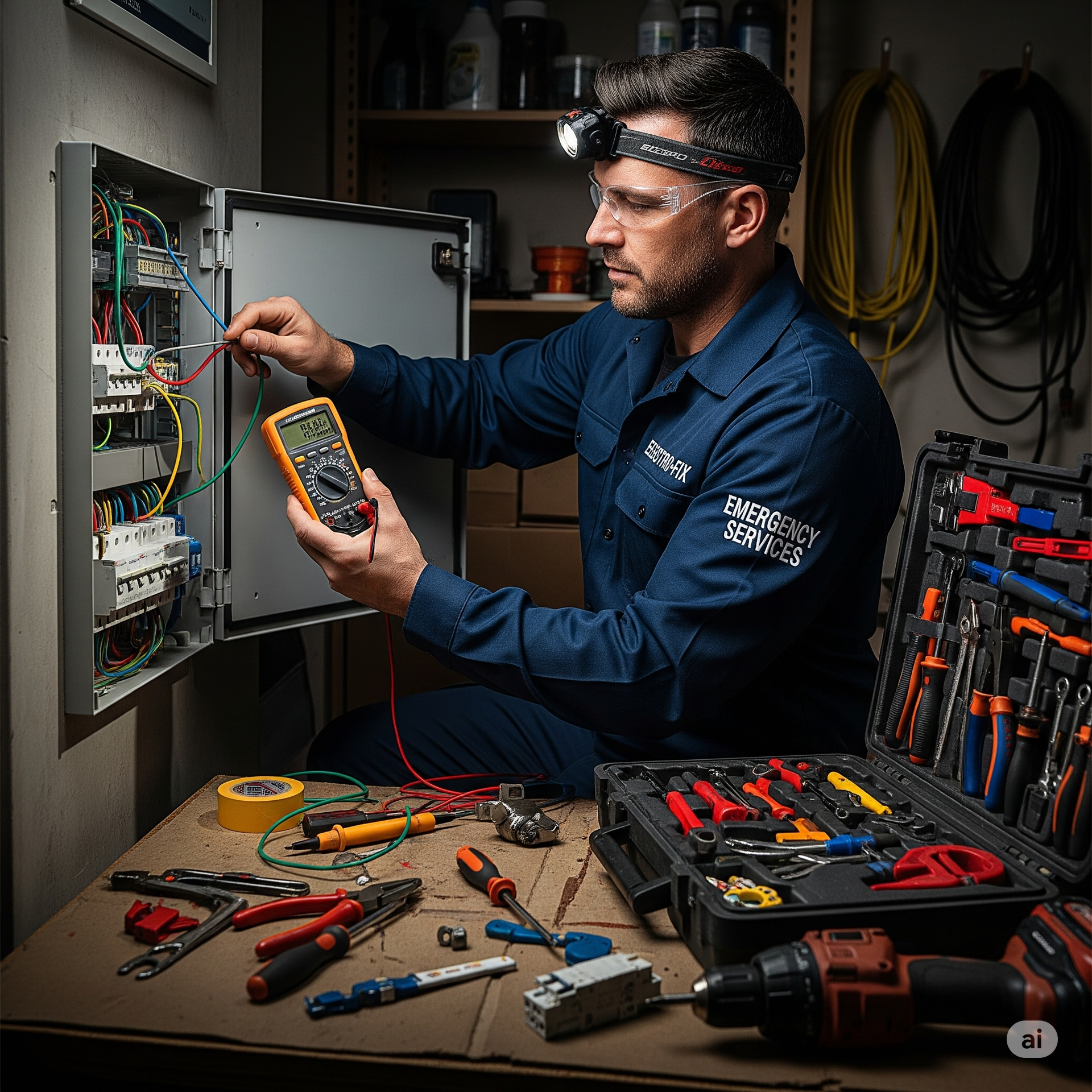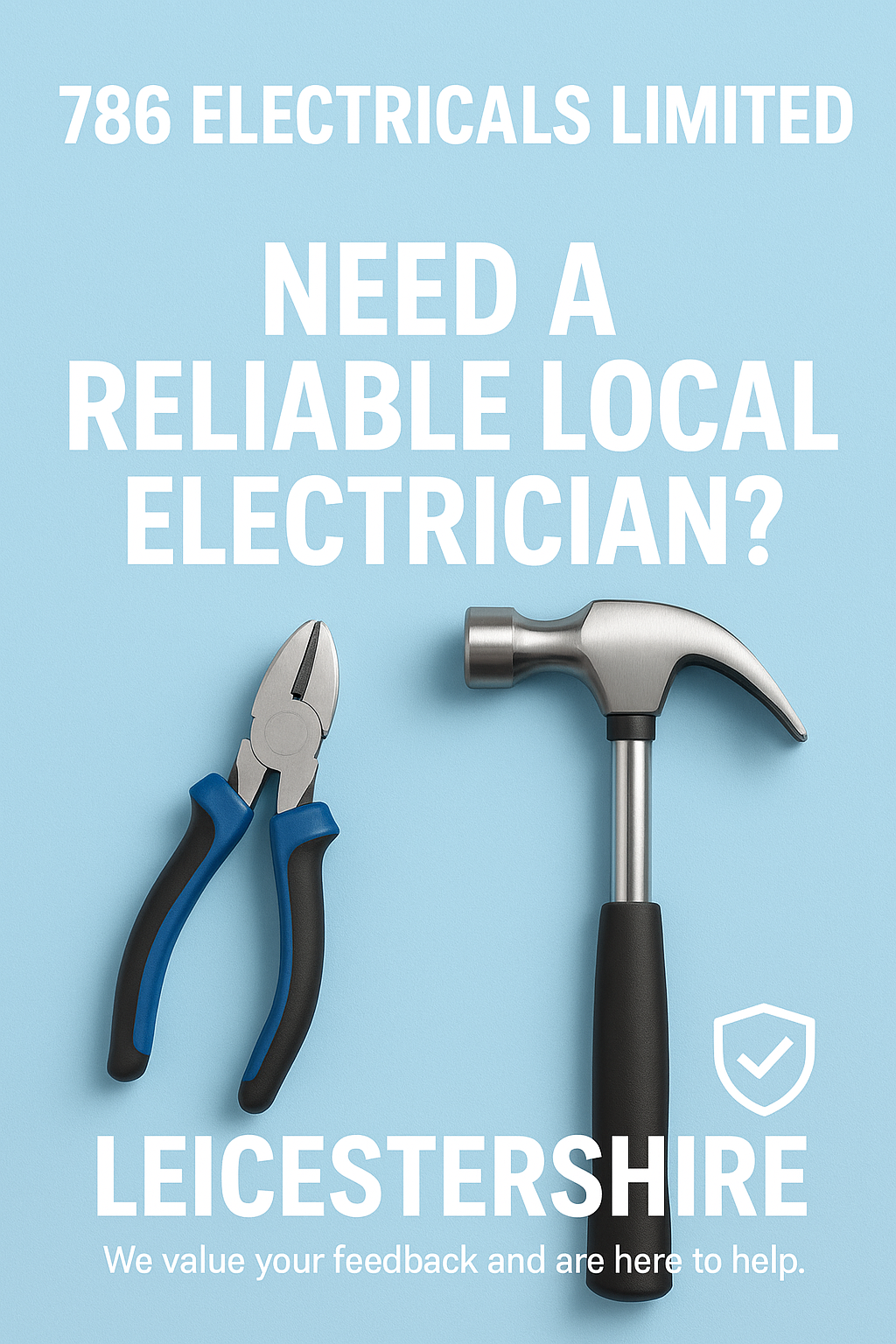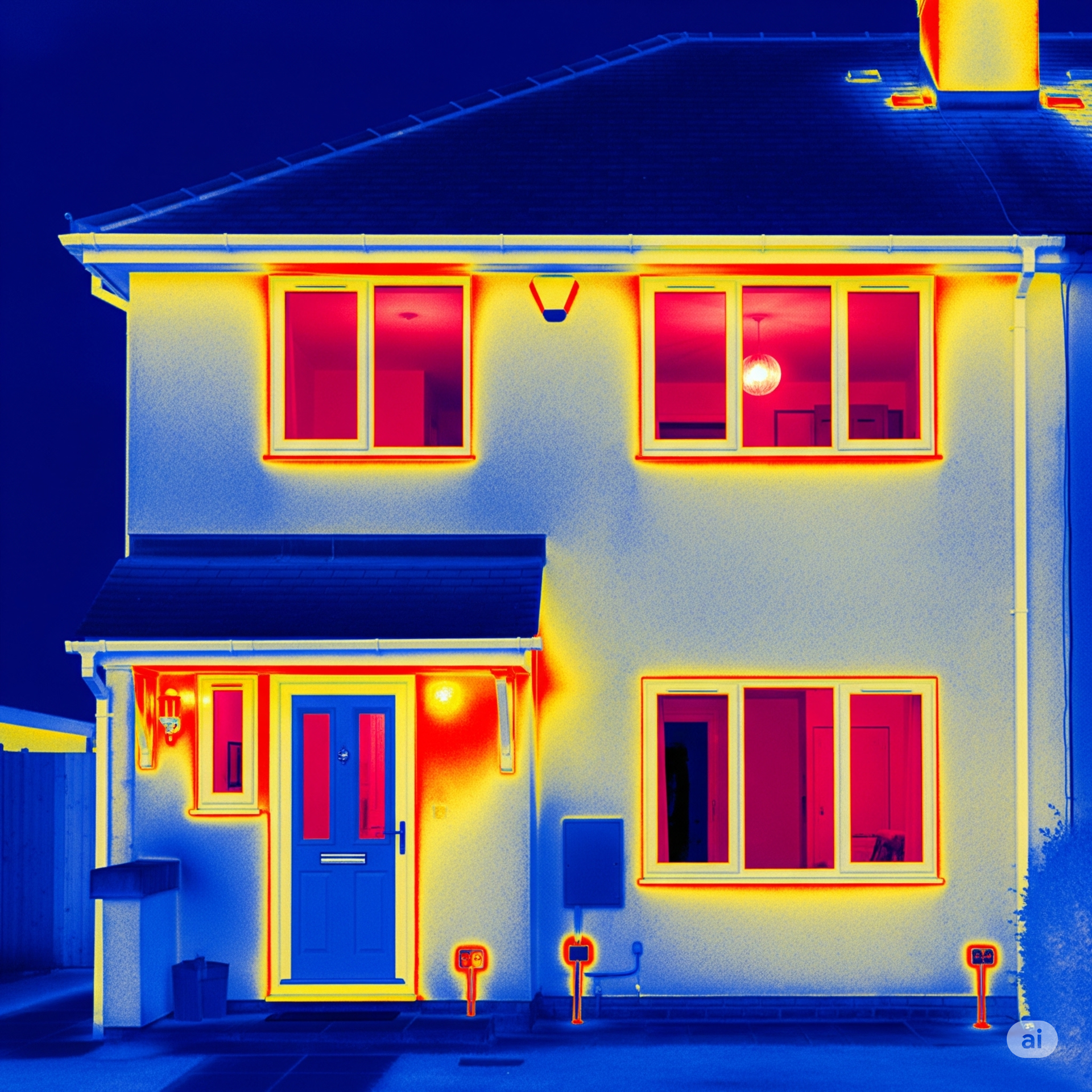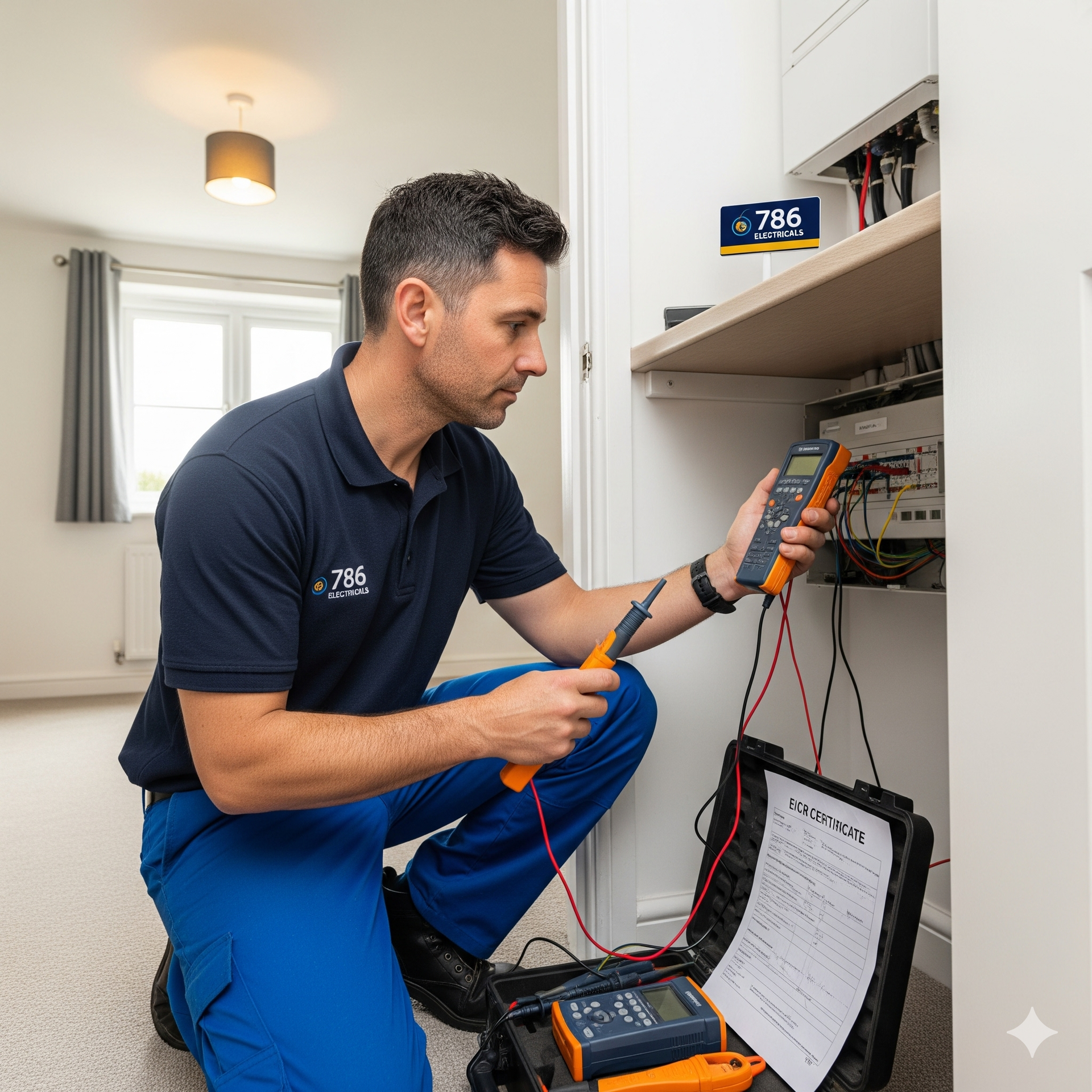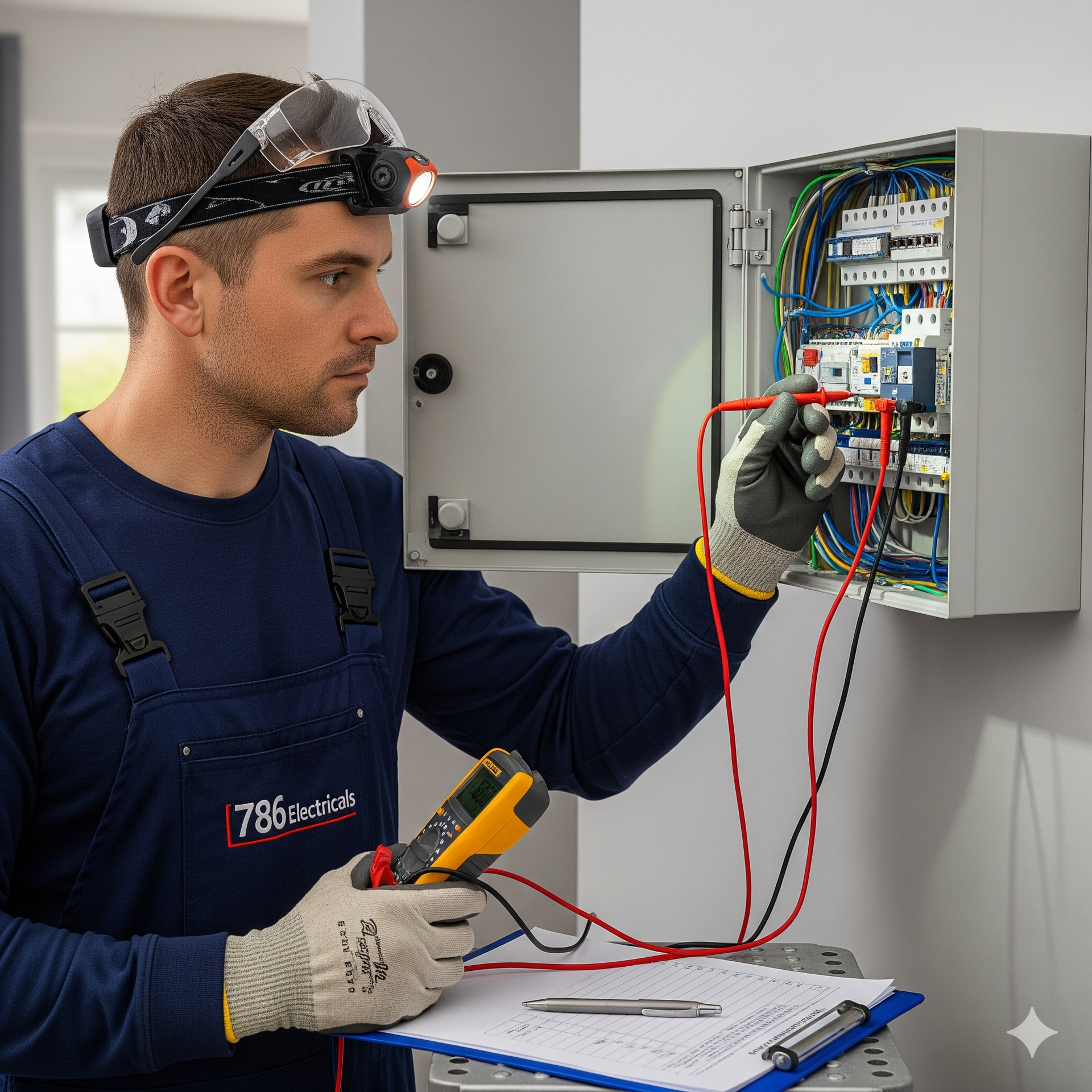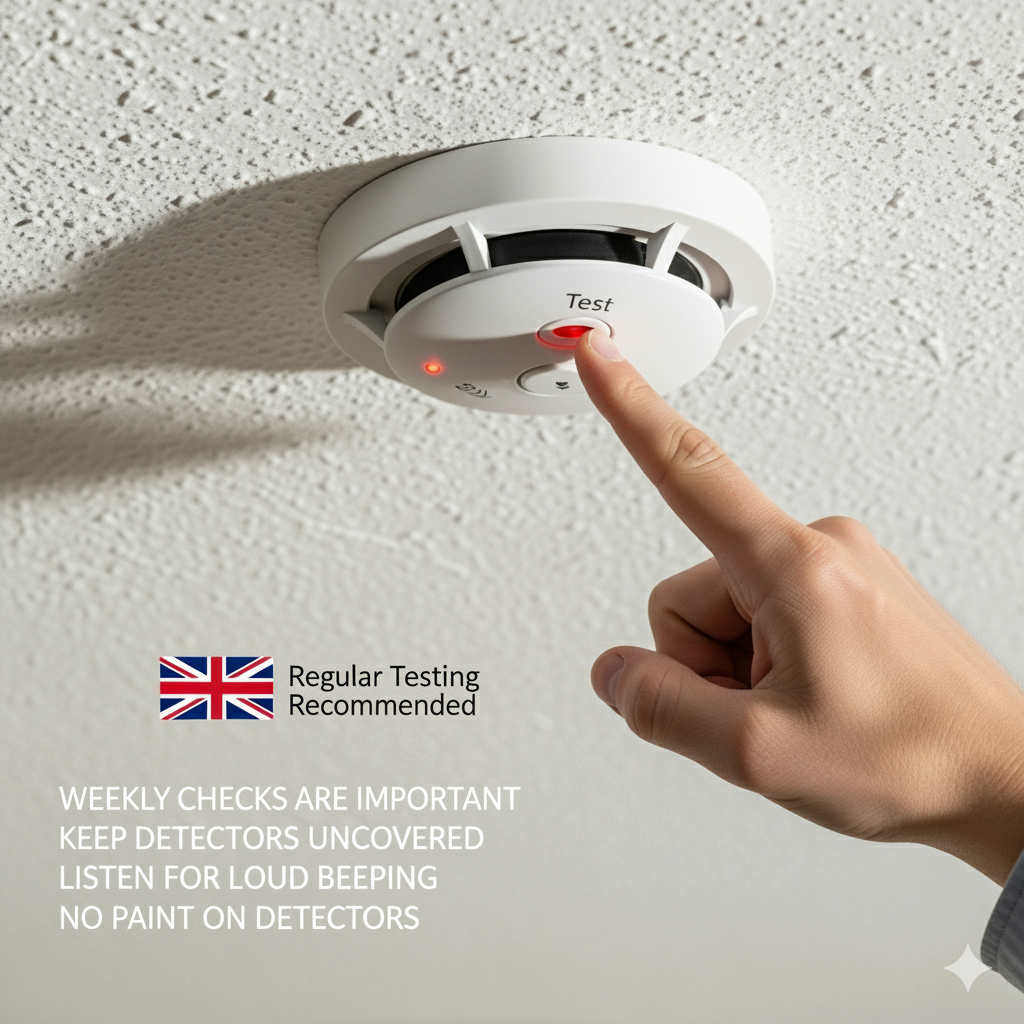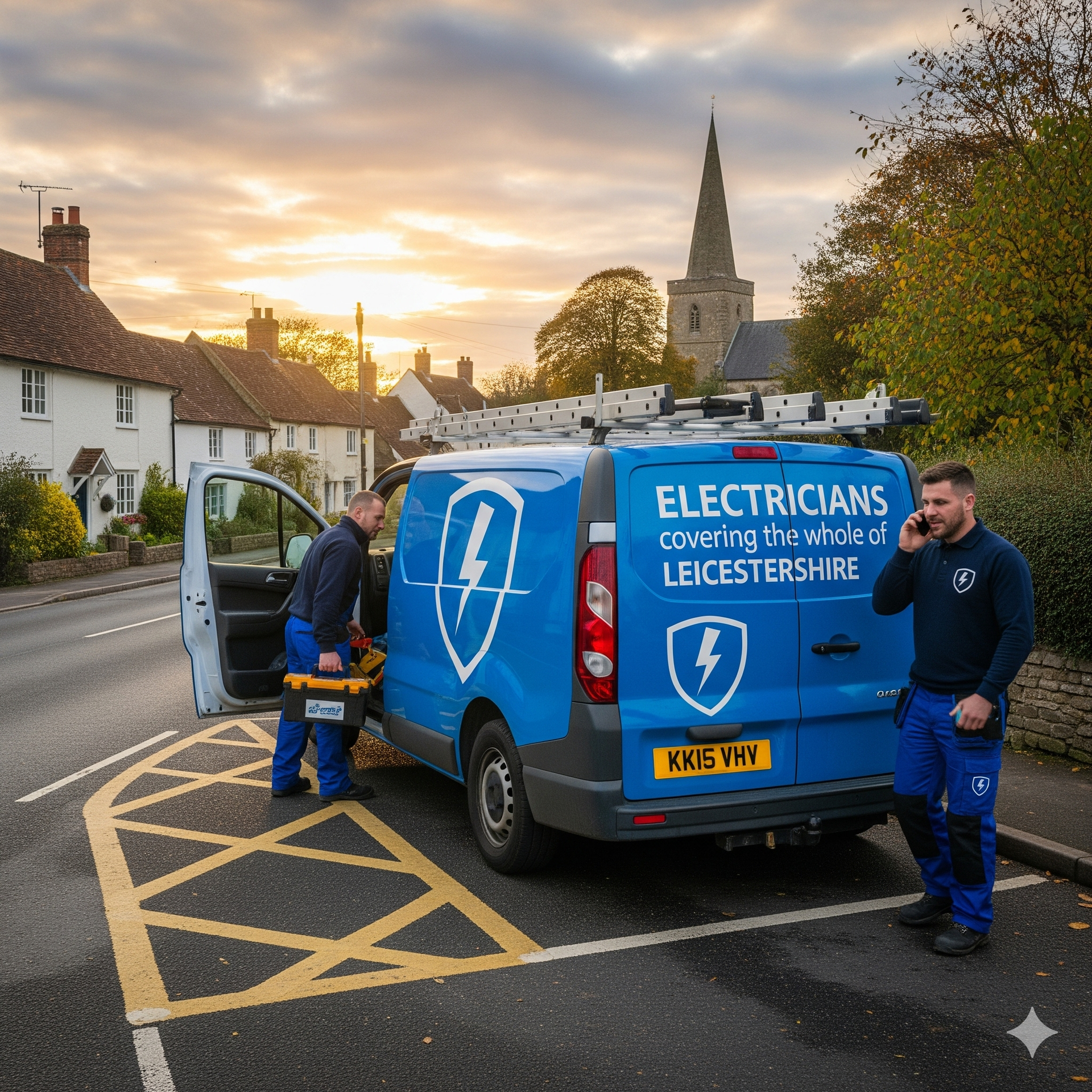Why Your Old Consumer Unit Might Be an Electrical Fire Waiting to Happen
BIMA's new guidance on consumer unit safety stresses that using secondhand consumer units and circuit protection devices isn't recommended. This is because their history is unknown, and they may have hidden faults that compromise safety, increasing the risk of fire and electric shock. The guide also highlights the dangers of mixing components from different manufacturers within a consumer unit, as this invalidates the warranty and poses a serious safety risk. This practice is a major contributor to electrical fires because the components haven't been type-tested together for safe operation.
For years, the Type AC RCD (Residual Current Device) was the standard for home consumer units in the UK. It worked perfectly for the technology of its time, protecting circuits with simple resistive loads, like ovens, electric showers, and immersion heaters.
However, today's homes are filled with a new generation of electronics. From LED lighting and induction hobs to EV chargers and devices with USB ports, modern appliances often incorporate complex electronic components that introduce a DC (direct current) component into the electrical system. The problem is, the Type AC RCD is not designed to detect these DC faults. This means it may fail to trip when it should, leaving you and your home vulnerable to fire and electric shock.
The Hidden Dangers of Mixing and Matching Electrical Components
Many electricians and DIY enthusiasts may be tempted to use circuit breakers (MCBs) or RCDs from one manufacturer in a consumer unit made by another. However, this is a dangerous practice that can have serious consequences.
Electrical manufacturers spend a lot of time and money on type-testing their products. This involves rigorous testing to ensure that all the components—the consumer unit enclosure, the main switch, and the circuit breakers—work together safely and reliably as a complete system. When you mix and match components from different manufacturers, you are creating an untested and uncertified assembly. This invalidates the manufacturer's warranty and, more importantly, can lead to a device that simply doesn't operate correctly in the event of a fault. This is a common cause of electrical fires and is something BIMA strongly advises against.
The Modern Solution: Upgrading to Type A RCDs
To protect your home and family from the risks posed by modern electronics, BIMA now recommends the use of Type A RCDs. Unlike their Type AC counterparts, these RCDs are specifically designed to detect both AC and pulsating DC faults, making them suitable for the full range of modern household appliances, including:
- Multimedia equipment and power supplies (e.g., for routers, TVs, and set-top boxes)
- Washing machines and induction hobs
- LED lighting and dimmer switches
- EV charging points (where the DC current is less than 6 mA)
By ensuring your consumer unit and all its components are from the same manufacturer and are the appropriate type for modern electrical loads, you can significantly reduce the risk of electrical fires and ensure your home's electrical system is as safe as possible.


